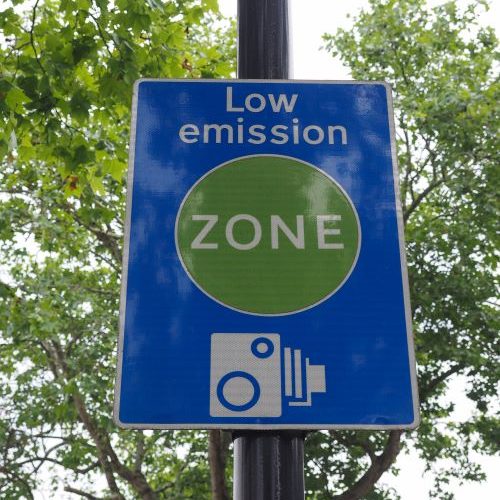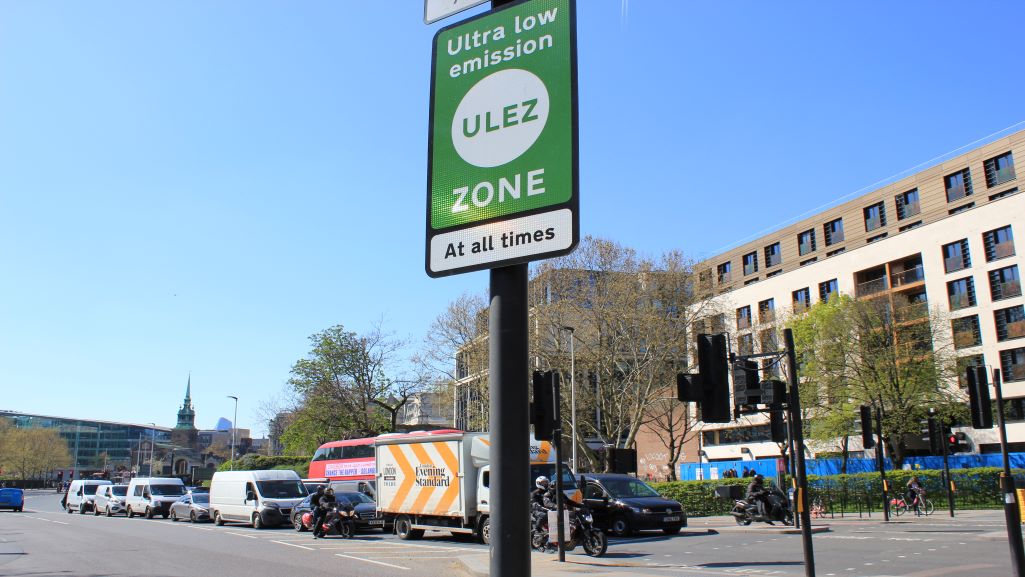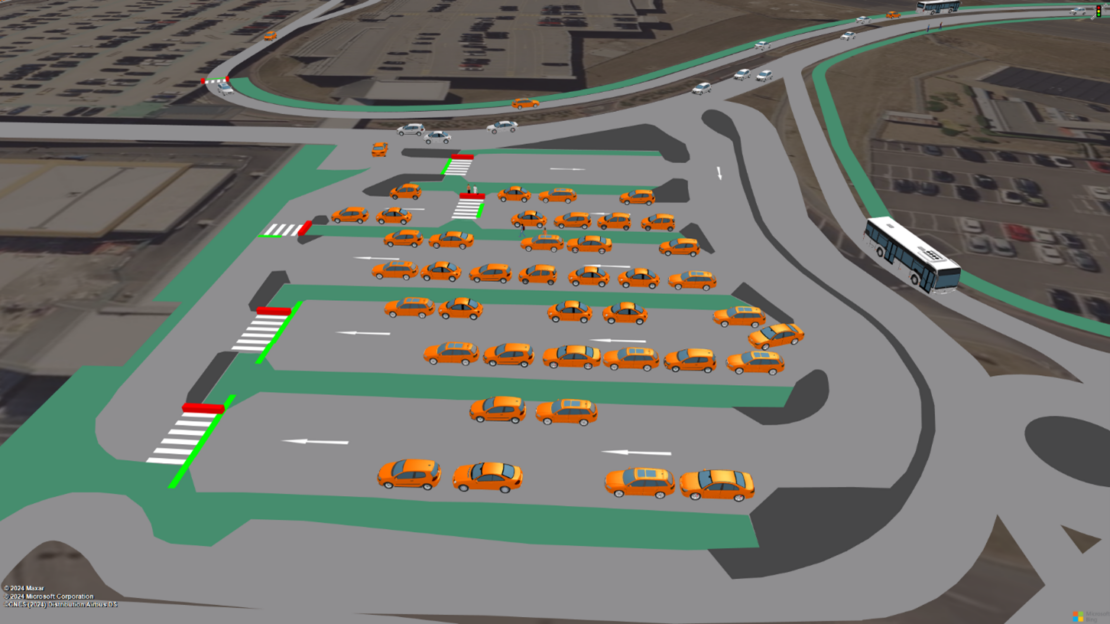Today, there are already hundreds of low emissions zones (LEZ) around the world. While many of them were established some years ago, their numbers are growing rapidly following greater awareness to air quality and climate change. But what is the real impact of low emissions zones on mobility, people, and communities? Here is an overview.
What is a low emissions zone?
A low emissions zone is an area – usually in an urban environment – where polluting vehicles are not encouraged to enter or are restricted from doing so. This is done in order to reduce air pollution and to encourage use of active mobility modes, among other reasons.
There are many standards to LEZs, meaning what kind of polluting vehicles are deterred or restricted from driving there. The standards for each zone are determined by local authorities.
Vehicles that do not meet the standards of a low emissions zone are usually not banned from entering it. Instead, their drivers face fines. For example, cameras with automatic number-plate recognition read the license plates of vehicles entering the zone and compare it to a database. Vehicles which do not meet the standards are then charged with a fine.
Different kinds of zones
Low emissions zones can vary by the kinds of vehicles they intend to keep away, in the times they operate (365 days a year, only weekdays, etc.).
In addition, it is important to note the differences between several kinds of zones – which can often get people confused:
- Clean air zone (CAZ): areas than have the option of charging certain polluting vehicles, but don’t have to.
- Low emissions zones (LEZ): As described, they deter or restrict certain kinds of vehicles.
- Ultra-low emissions zone (ULEZ): A stricter form of LEZ that was introduced in central London in 2019.
- Zero emissions zone (ZEZ): An area that allows only zero-emissions vehicles, e.g., fully electric ones.
Where are low emissions zones located?
The first low emissions zone program started in Sweden in 1996. Since then, hundreds of low emission zones were established around the world. According to a 2019 count, Europe has about 250 low emissions zones, which differ in standards.
Low emission zones are usually established in sensitive areas – where many people are affected by pollution, or where pollution levels exceed certain thresholds. Consequently, these sensitive areas are urban areas with high concentration of population, workplaces, shopping and leisure destinations.
“Old and traditional city centers, with narrow streets and limited ventilation, tend to have the highest pollution values. So classically, LEZs are implemented in the city centers”, says Dr. Uwe Reiter, an air quality expert from PTV Group.
Impact of low emissions zones

For and foremost, low emission zones contribute to an improvement in air quality. Numerous research has shown that those zones have a positive effect on many cities. In London, for example, there was a significant reduction in NO2 and CO2 emissions. In Germany, a study showed that these pollutants and others have also been reduced in areas of LEZ.
A second observed impact is people who replace their vehicles to less polluting ones, namely those with higher emissions standards. This is clear form research about the increased fleet turnover in London, in the years following the introduction of a low emission zone.
Low emission zones also affect mobility habits. “They influence the destination choice of people living outside the zone, and the mobility mode choices of inhabitants of the zone and their visitors”, says Reiter, “transport demand is influenced at all levels, from number of trips, trip lengths and trip destinations, mode choice.
He adds, that “an LEZ can have the positive impact of shifting demand to less polluting modes of mobility. But it can also result in people choosing other destinations outside of the LEZ, e.g. shopping in hypermarkets with sufficient car accessibility.
In the long run, LEZ can influence where people choose to live, as some might not want to live in areas where their own cars are restricted. But others might relocate to these areas exactly for this reason – because they seek to live in a car-free area.
Other impacts of LEZ
LEZs, for the most part, do not impact the overall number of vehicles entering them. One notable exception is the Italian city of Milan, where implementation of the low emissions zone was combined with a congestion toll.
Despite some pessimistic predictions, low emissions zones have few negative impacts on businesses. Some cities chose to give exemptions in cases where businesses could not survive without operating their existing vehicles – but those are few.
Special attention needs to be given to logistics companies, whose operations and fleets are affected by low emissions zones. That means they need to allocate less-polluting trucks to routes that pass through these zones, or even buy new vehicles that meet the standards. Many logistics companies now turn to route planning software that can consider these zones and adjust routing accordingly.
Preparing a low emissions zone
How cities prepare for the implementation of an LEZ can have a great impact on the success of the measure. In this case, there are modeling and simulation software solutions, that can help predict the effects in advance.
Software that simulates an entire road network on a macroscopic level – such as PTV Visum – can give planners a good idea on the impact of a low emissions zone.
“The impacts of LEZ can be best calculated and forecasted with traffic models”, says Reiter, “This allows planners to design the location and size of LEZ, identify if the desired effects can be reached, or whether there are undesired effects such as longer trips which leads to more pollution in the area”.



